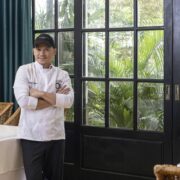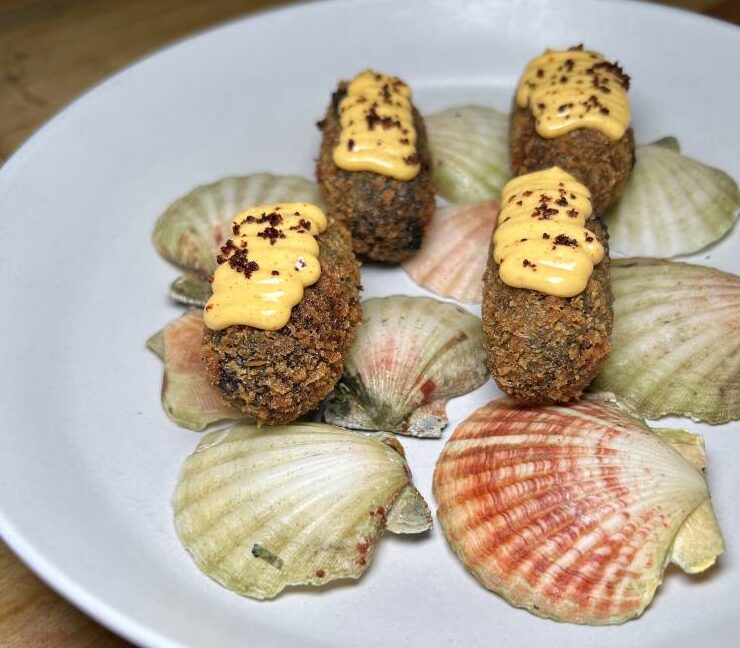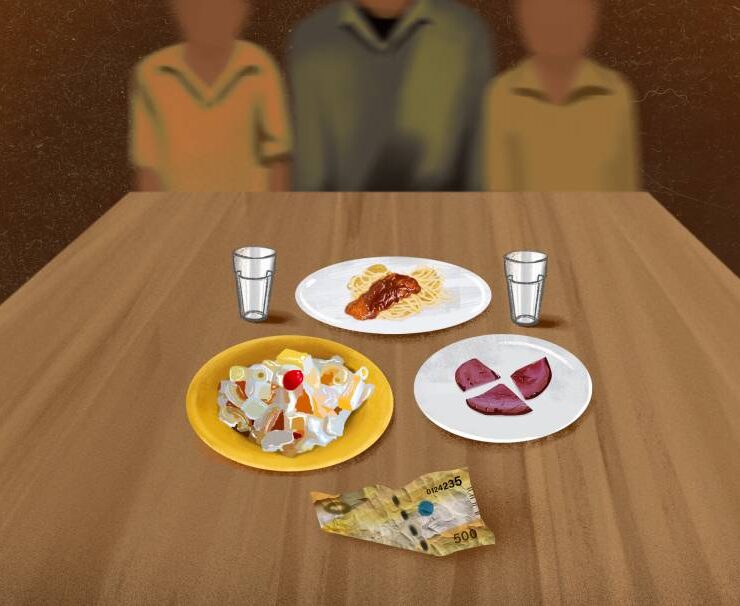Unapologetically Juday
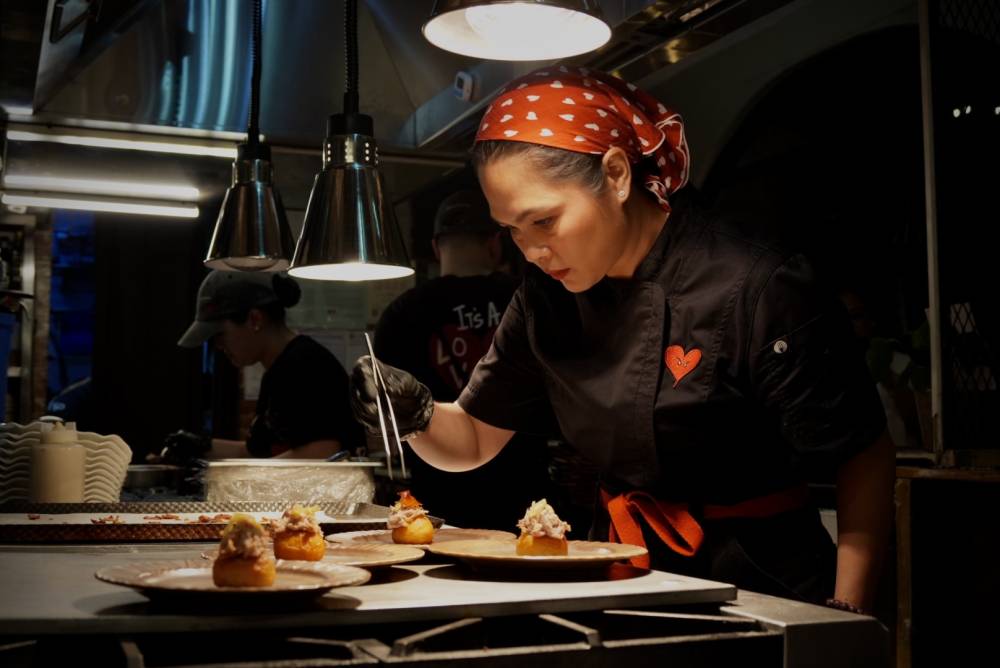
Long before she became a household name on screen, Judy Ann “Juday” Santos-Agoncillo was already drawn to the warmth of the kitchen. “I was eight or nine when I first cooked instant noodles and scrambled eggs,” she recalls with a laugh. “I guess my love affair with food started even earlier than my acting career.”
Growing up, her mother Carol’s cooking, especially her special chicken a la king, served on bread cups—only during Christmas when her mom returned home from working abroad—was the first thing Santos-Agoncillo wanted to recreate in the kitchen. It was her earliest taste of comfort and longing. “That dish was precious. It meant family, celebration, and love,” she explains.
As a young actress, she would hitch rides with film set caterers and linger in their company, fascinated by the sights and smells of cooking. At home, she found joy in helping her mother prepare merienda. A task as simple as sprinkling sugar on toast or rolling rice balls for ginataang bilo-bilo brought her so much joy.
Those moments sparked a passion that would last a lifetime.
Rooted in love
In her mid-20s, Santos-Agoncillo decided to formally study culinary arts at the Center for Asian Culinary Studies (CACS). “I wanted to learn something beyond acting,” she explains. “I missed being a student—writing notes, reading, understanding what I was doing. Culinary school gave me that again.”
What she discovered wasn’t just a craft but also a way to express care. According to her mentor, chef Gene Gonzalez, Santos-Agoncillo as a student was diligent, patient, dedicated, and deeply focused. She was a hard worker who, despite her star status, remained humble. And at home, she is every bit the devoted wife, mother, and cook.
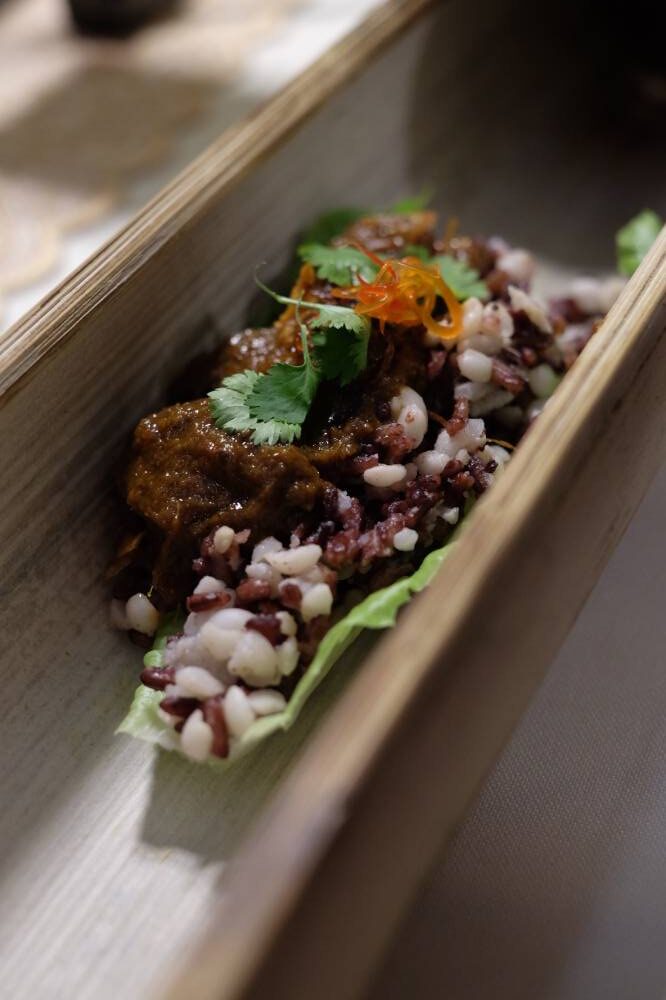
Mornings begin early, at five in the morning—to prepare her husband and children’s packed meals. At the dining table, the kids eat what’s served. With a playful firmness, she shares, “If they don’t eat their vegetables, they drink them.” It’s that same discipline and humor that keep her home and cooking—rooted in love.
Her children and her husband’s current favorite dish is her cheesecake, a recipe she developed herself and now makes upon request.
Self-expression through food
From television to the kitchen, Santos-Agoncillo’s story has always been about transformation. Her restaurant, Angrydobo, was conceived upon the prodding of her husband Ryan, whom she claims is her staunchest ally and her most honest critic. Without him, she confesses, “I might not have had enough faith in myself to open this.”
Our chitchat came to a halt as soon as the customers walked into Angrydobo to enjoy the dishes she prepared for Chef’s Night, a special event held twice a month. The menu showcased Filipino flavors from North to South—distinct from the familiar comfort fare served at her restaurant.
The little plates arrived one after another, each revealing more of Santos-Agoncillo’s palate and her unique way of expressing herself through food. As a culinary artist, she is brave and doesn’t hold back—she dares to cook as she feels. Her dishes are bold and layered, with nuances that mirror the same depth and complexity that define her craft as an actress.
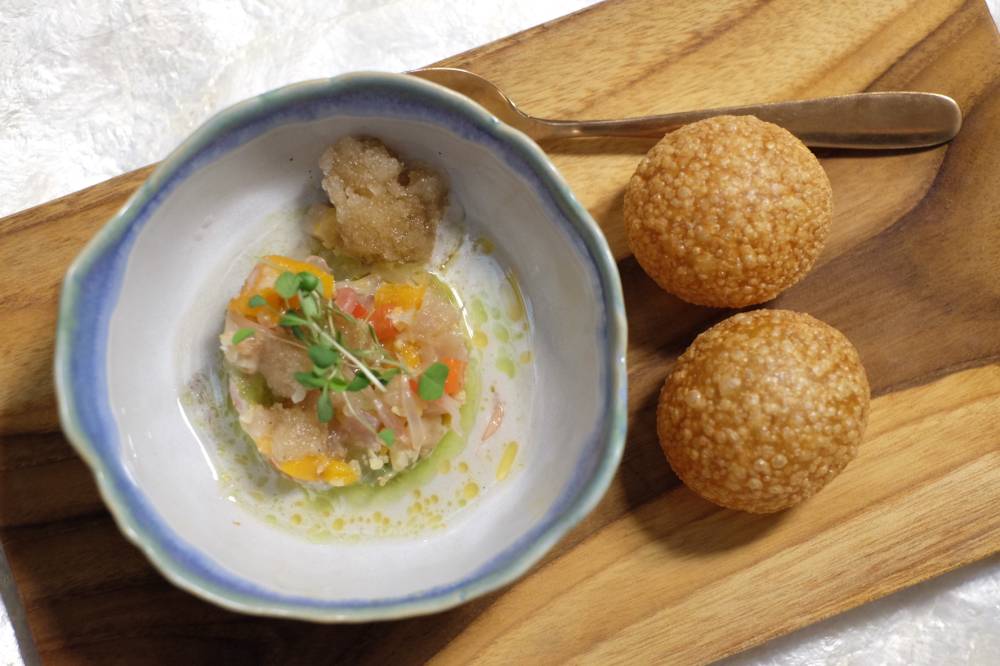
Juday on a plate
Santos-Agoncillo’s palate craves “deep, savory flavors.” “Different pops of taste and texture in every bite. That’s how I cook—and how I eat,” she says.
If her kilawin were a film, it would be worthy of a FAMAS Award. Think hamachi and tuna, drizzled with charred coconut milk, with a sprinkling of pomelo bits, laced with kaffir oil, capped with a tart and sweet tuba sorbet. The kilawin came with puffy golden poori balls for crunch. Each bite of the kilawin encased in poori was crackled and bright—smoky, refreshing, and so exciting. It was a party in the mouth.
On the other hand, the tamales with grilled pompano, crab fat, and tomatoes belonged to a more advanced taste category—complex, sophisticated, layered, and unconventional. It was a dish with many facets, each element revealing something new with each bite. And the accompanying sambal was outstanding. It tied everything together with just the right kick.
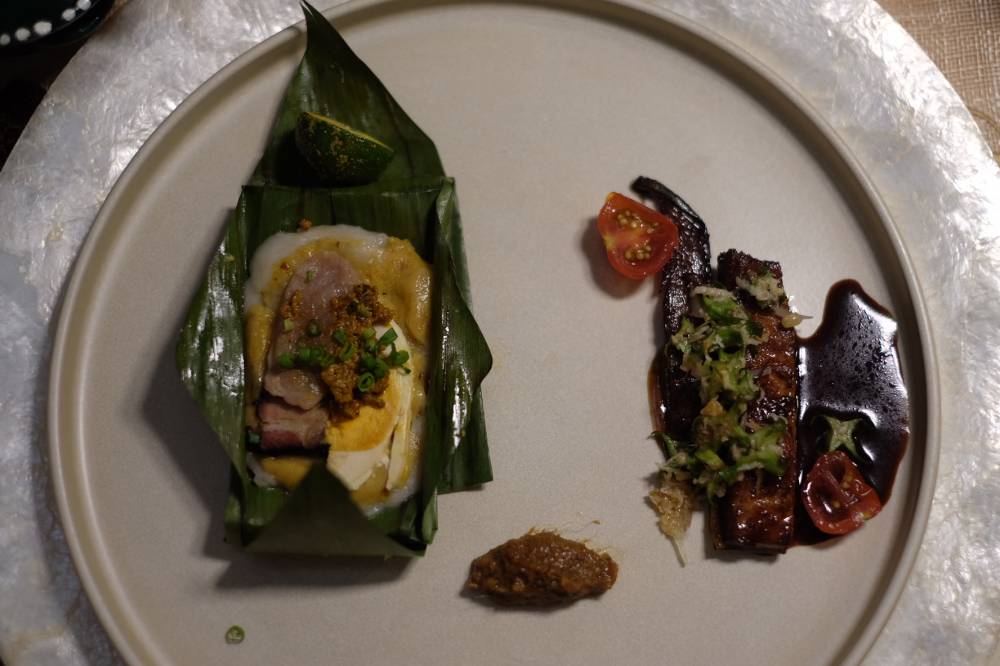
At this point of the meal, I noticed a recurring theme… every dish Santos-Agoncillo prepared was her own personal take on a plate. Her food was out of the box. Free. Created and executed in ways only she could imagine. Her food mirrors the person she is—an “artist whose love language is to cook.”
As I watched Santos-Agoncillo move from table to table, she did so with grace, ease, and a pure joy that comes only from doing what you love. She even shares a recipe she is proud of—a coming together of her two favorite dishes: sinigang and monggo
Sinigang and monggo: A combination of her two favorite foods, in one
Ingredients
1/4 kilogram monggo (mung beans) soaked overnight, liquid drained
3 cups water
2 Tbsp canola oil
6 cloves garlic, minced
1 pc medium-sized onion, chopped
2 pcs medium-sized tomatoes, diced
1 cup fresh tamarind stock
Fish sauce and freshly ground pepper, to taste
1 long green chili or siling haba
Sinigang mix, to taste
1 cup malunggay or kangkong leaves, stalks removed
Chicharon (pork cracklings), for topping
Procedure
1. In a pot, boil the monggo until tender. Add just enough water to cover the beans while boiling. Strain the liquid and set aside.
2. Heat oil and sauté garlic, onion, and tomatoes.
3. Add cooked monggo and tamarind stock.
4. Season with fish sauce and pepper. Throw in siling haba. Add sinigang mix to taste.
5. Add malunggay or kangkong leaves.
6. Top with chicharon and serve. Enjoy!













